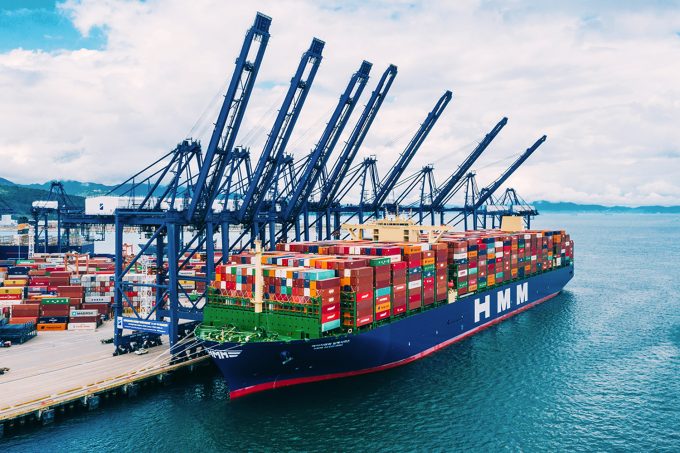Real test of Gemini hub and spoke model yet to come, says Maersk
Early signs may be positive for the Gemini Cooperation’s “hub and spoke” model, but head ...

HMM posted a net profit of $310m for the first six months of the year, but its bottom-line result would have been substantially better without a $1.7bn loss from derivatives transactions.
The South Korean carrier’s revenues almost doubled, compared with H1 20, to $4.56bn, (of which around 93% was attributed to its container business) from an 8.4% increase in carryings of 1.93m teu, producing an above-industry par average rate of $1,987 per teu.
Indeed, Maersk reported an average rate of $1,519 per ...
Trump tariffs see hundreds of cancelled container bookings a day from Asia
'To ship or not to ship', the question for US importers amid tariff uncertainty
'Disastrous' DSV-Schenker merger would 'disrupt European haulage market'
'Chaos after chaos' coming from de minimis changes and more tariffs
Forto 'sharpens commercial priorities' as it lays off one-third of staff
List of blanked transpac sailings grows as trade war heats up and demand cools
EC approves DSV takeover of DB Schenker
Overcapacity looms for ocean trades – with more blanked sailings inevitable
Amazon Air’s metamorphosis: 'a different air cargo unit from two years ago'
Shippers in Asia restart ocean shipment bookings – but not from China
India withdraws access for Bangladesh transhipments, in 'very harmful' decision
'Tariff hell' leaves industries in limbo – 'not a great environment to plan'


Comment on this article